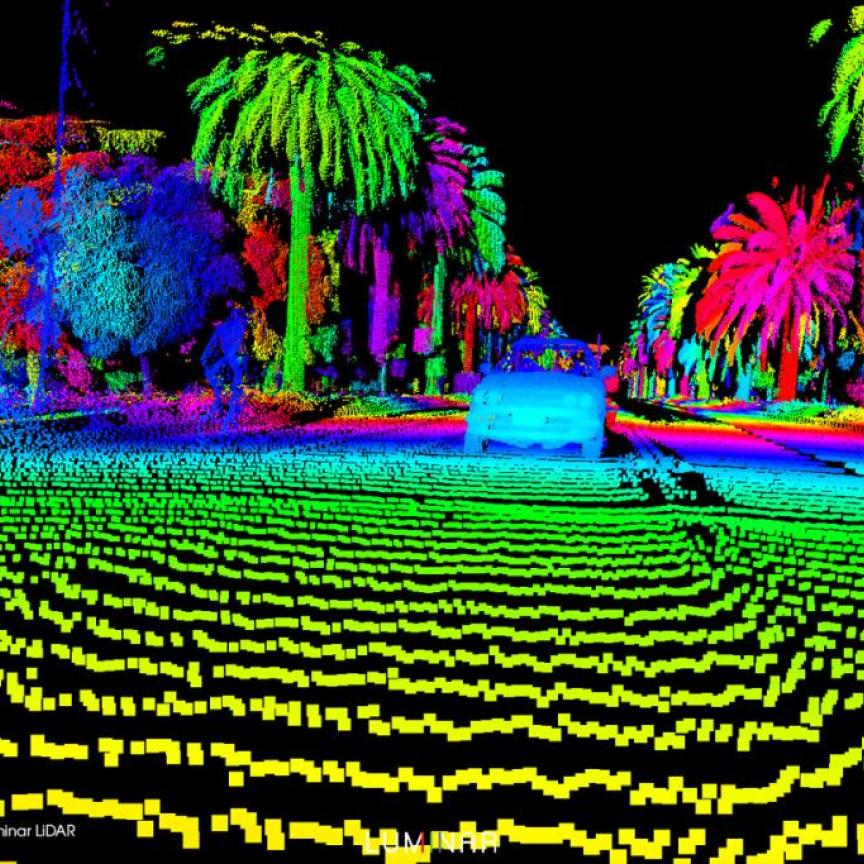The OLED industry will represent a global market of almost $170 million in 2020, according to a new report from Yole Développement. However, the report stated that until the industry for flexible electronics (OLEDs lighting, OLEDs displays, PV, sensors) ramps up, demand for equipment and materials for this market will remain low over the next several years.
The report, Market & Technology Trends in Materials and Equipment for Printed and Flexible Electronics, stated that the equipment market will start its ramp up sooner than materials, as device manufacturers will have to prepare for upcoming volumes. In the materials forecast, investigations have focused on typical materials and chemistries used for the manufacturing of: electrodes, active organic layers (emitting compounds, photoactive, materials), charge transport materials, and encapsulation systems.
Today, this industry is driven by five large companies, but many startups from the sensing business could enter this market, according to Dr Eric Mounier, senior analyst at Yole Développement: ‘This past decade of investments and developments now begins to pay-off, and printed and flexible electronics is expected to ramp up in the next 10 years, creating the first volumes and stimulating the growth for equipment and materials in this field.’
Even though most of the new companies − mostly start-ups or small companies such as ISORG, Canatu or KWJ Engineering − are expected to come from the sensing industry, the growth for equipment and materials will come from a few very large players involved in OLED manufacturing. These companies include Samsung and LG for OLED displays, and mainly Philips, General Electrics, LG and Osram for OLED Lighting.
Strong efforts are being made by chemicals companies, such as Merck, DuPont, Dow, BASF and Sumitomo, in order to provide adequate inks and protective coatings that would allow solution printing of OLED devices. Similarly, equipment manufacturers such as Coatema, Applied Materials or Kateeva aim at offering industry-adapted equipment for OLED manufacturing. However, it is still uncertain which manufacturing techniques will be preferred by industrials (for example inkjet, screen printing, spray coating) for material deposition.
On the other hand, growing sales and technological advances are much more complicated when aiming at applications such as photovoltaic and printed sensors. Contrarily to OLED applications, flexible and printed solutions in photovoltaic are not being financially supported by significant investments of players such as LG or Samsung, according to Yole. Opportunities for new active materials or cost-efficient encapsulations supported by a broad number of research entities will come if new applications, such as building integrated PV, start generating sales, the market research company says.
In this field, each application requires specific materials and equipment dedicated to low volume production. For example, a semiconductor material dedicated to absorb and react to infrared light (and thus used for printed IR detectors) cannot be used for visible light sensing. For this reason, chemical companies will focus on high-end applications where volume could be low but added value will be high. Finding a provider for a specialised active material can then be a challenge for a small start-up with innovative concepts and a commercial limitation in this part of the printed electronics market, says Yole.


